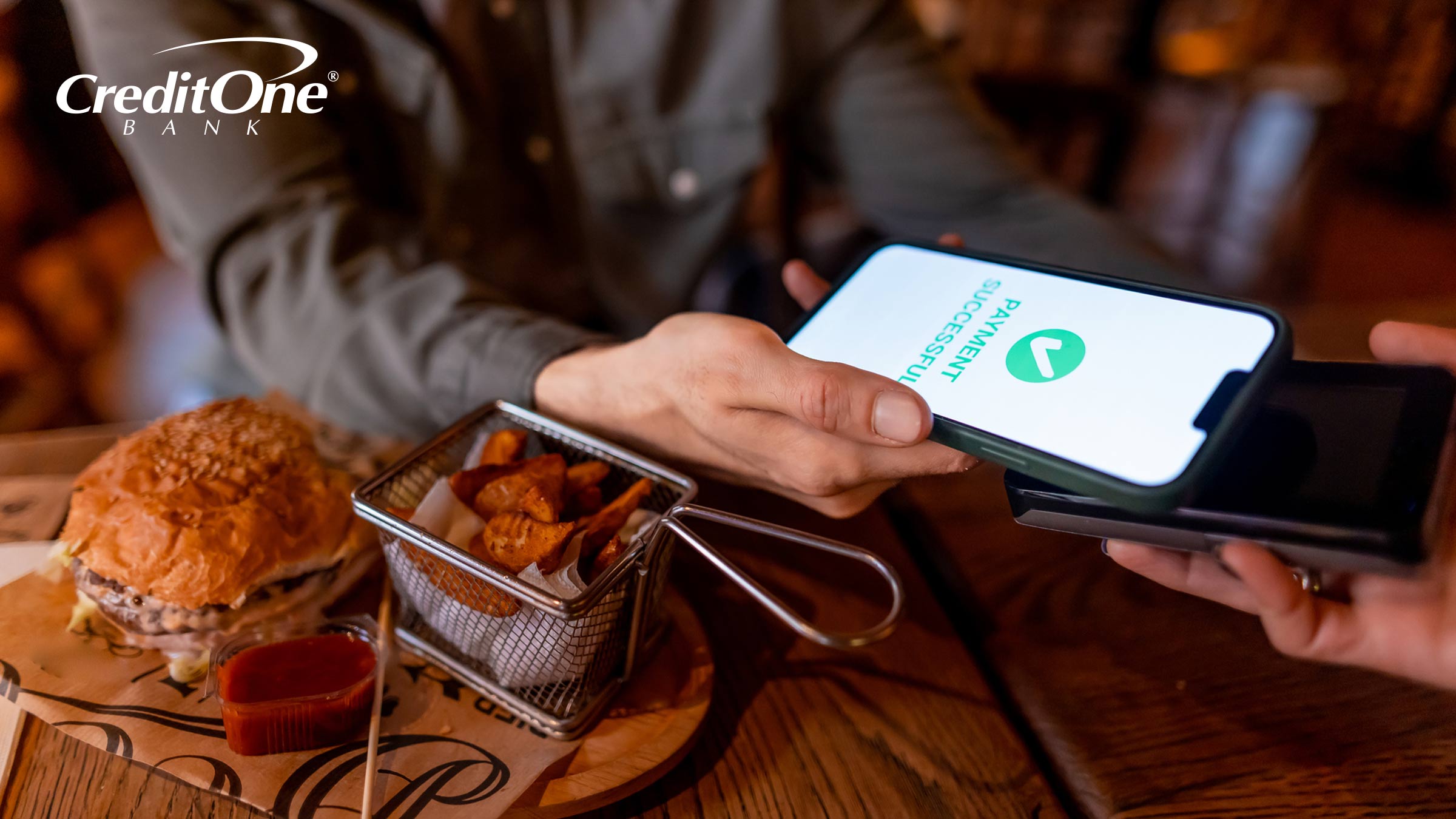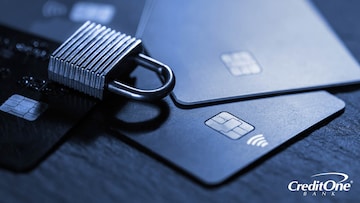
What Is Credit Card Tokenization?
October 01, 2025
Credit cards come with various security features, some more familiar than others. Learn what tokenization is and how it works to keep your data safe.

Introduction
Credit card tokenization is a security process that replaces a credit card’s real number (the primary account number, or PAN) with a randomly generated string of characters (called a token) during digital transactions. It’s used to protect sensitive financial data and reduce the risk of credit card fraud during online transactions.
Tokenization is especially important for mobile wallets (like Apple Wallet or Google Wallet), online shopping, and recurring payments, where account data would otherwise need be stored or transmitted.
By minimizing exposure to your credit card details, tokenization provides a safer experience for both consumers and merchants.
Why Tokenization Matters in Today’s Payment Systems
In a world where more consumers and businesses rely on online transactions, securing payments is increasingly important. You can look at tokenization as a critical layer of defense.
Tokenization reduces the risk of data breaches, identity theft, and fraud during digital transactions by replacing real credit card numbers with randomized tokens that are useless if intercepted by scammers, fraudsters or other bad actors.
This makes it much harder for cybercriminals to exploit stolen data, even if they manage to breach a system. Tokenization is also compliant with industry regulations like the Payment Card Industry Data Security Standard (PCI DSS), which are set to ensure that merchants meet a minimum level of security for cardholder data.
How Does Credit Card Tokenization Work?
The process of credit card tokenization begins when a customer submits their card number during a digital transaction. Instead of storing or transmitting the actual PAN, the payment system sends it to a secure tokenization system, which is often managed by a trusted third-party provider or payment processor.
This system uses an algorithm to generate a unique, random token that has no mathematical relationship to the original card number. The actual PAN and its associated token are stored together in a highly secure, encrypted token vault, which is isolated from the merchant’s systems.
When a future transaction is initiated using the token (such as a recurring payment or mobile wallet use), the tokenization system retrieves the corresponding PAN from the vault. Then it securely decrypts the PAN and completes the transaction with the card issuer. Since the token itself is meaningless in any other context, it can’t be reverse-engineered or used fraudulently.
Tokenization is used in everyday applications, including mobile wallet payments, e-commerce checkouts and recurring payments to subscription services like Netflix.
Benefits of Credit Card Tokenization for Consumers
The main benefit of tokenization is better protection for both businesses and consumers. Even if someone hacks into a company’s systems, they won’t get any usable credit card data, which reduces the risk of identity theft and financial fraud.
Tokenization also helps businesses meet security regulations and instills trust by allowing for safer recurring payments or digital wallet transactions.
If you’re using credit cards to rebuild credit, security features like tokenization are your best friend. Rebuilding credit requires consistent on-time payments and responsible card use, so minimizing the risk of fraud gives you less to worry about.
Tokenization vs. Encryption: What’s the Difference?
Tokenization and encryption are both security methods used to protect sensitive data, but they function in different ways.
Encryption uses a mathematical algorithm and a secret key to convert readable data into an unreadable format, known as ciphertext. It’s reversible, meaning the original data can be restored using its matching secret key.
Encryption is commonly used to protect data both in transit and in storage, especially when the information may need to be accessed or processed later.
Tokenization, on the other hand, replaces sensitive data — like a credit card number — with a randomly generated token that’s totally unrelated to the original data. The real data is securely stored in a separate, encrypted vault which is only useful within that specific system. Tokenization isn’t mathematically reversible and is primarily used in payment systems to protect data that doesn’t need to be retrieved frequently.
Because tokens are meaningless outside the issuing system, tokenization offers strong protection for recurring billing or payment processing. Encryption is generally more versatile, but it carries risks if the key is exposed. Tokenization avoids that risk by using tokens that can’t be reverse-engineered.
Both tokenization and encryption support compliance with data protection regulations — such as PCI DSS, Health Insurance Portability and Accountability Act (HIPAA), General Data Protection Regulation (GDPR), and the California Consumer Privacy Act (CCPA).
How Tokenization Supports Financial Rebuilding and Protection
Credit card tokenization can help people who are rebuilding their credit by minimizing the risk of fraud and ensuring that they can safely use their credit products.
Tokenization offers cardholders added peace of mind, especially along with other credit card features that can be used to detect or combat fraud, like real-time alerts, spending limits, and the ability to freeze cards instantly.
With these features, you can feel empowered about steadily improving your credit score. From there, you could consider taking advantage of resources like credit counseling to receive expert guidance on managing debt, budgeting, and creating a personalized action plan to improve your credit standing. Certified counselors can also help negotiate lower interest rates or enroll clients in debt management plans (DMPs), which consolidate payments and ensure consistent on-time repayment.
When choosing a credit card and evaluating your options, it’s important to look for the features that are right for you. For instance, you may want to consider compatibility with digital wallets like Apple Wallet and Google Wallet, since these platforms rely on tokenization.
Luckily, you can start your search with resources like online card finder tools, which help you find the optimal card for your unique financial situation.



